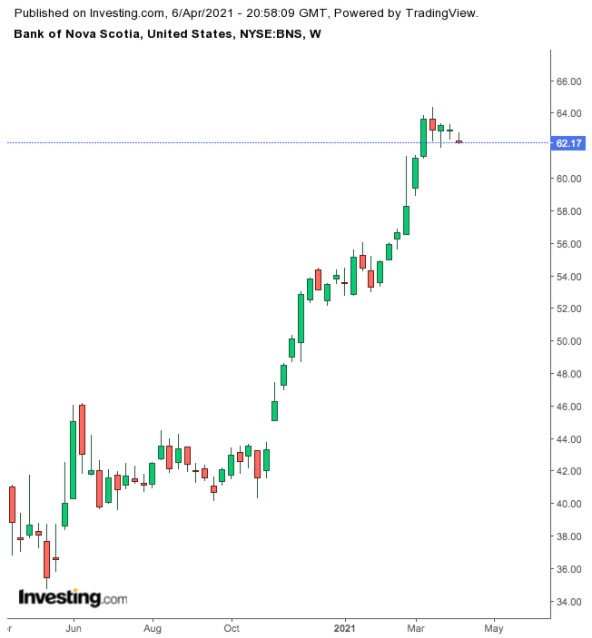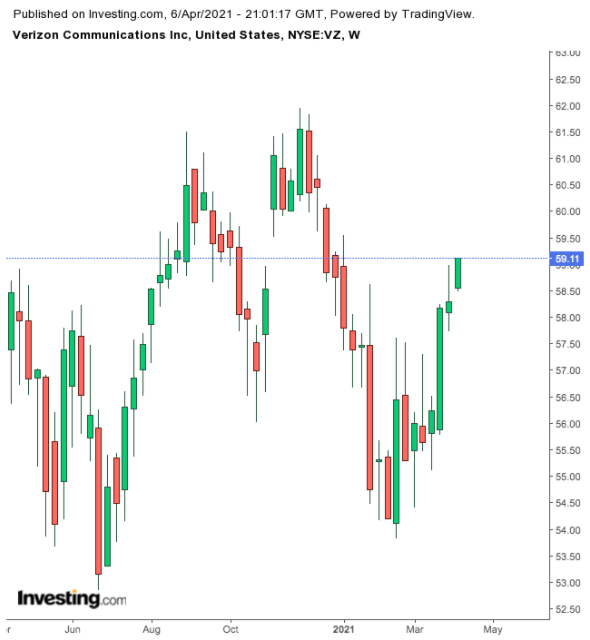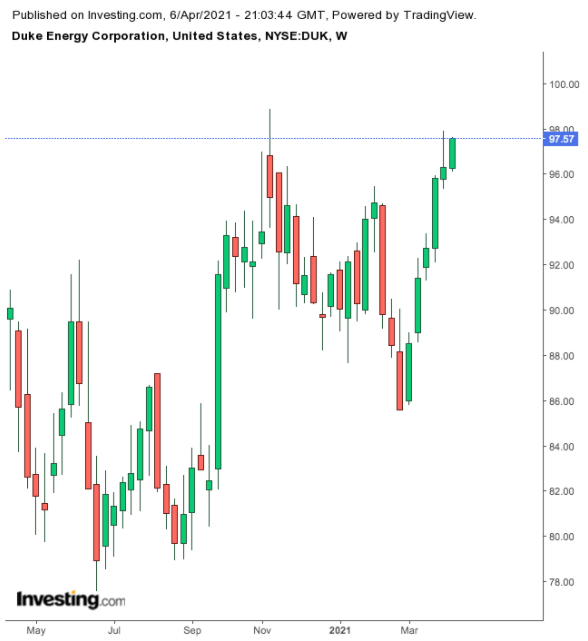Since the pandemic started, it’s become more difficult to earn decent retirement income from your portfolio. Many blue-chip companies have either suspended their payouts or slashed them to preserve cash as earnings cratered.
If you’re among those savers who have to plan for their retirement journey solo, or are still working but rely on fixed income payouts from your holdings, unfortunately, you won’t find many high-yielding opportunities with which to earn a decent income stream.
Retirees also face an interest-rate environment in which some of the safest assets, like government bonds and bank saving accounts, are paying close to nothing. The yield on the 10-year Treasury bond, for example, is nearing 1.7%, which hardly compensates for inflation.
In this challenging environment, we advise yield-seeking retirees to focus more on companies with stable balance sheets that have trended to dividend increases, rather than stocks with the biggest overall dividend yields.
Below, are three dividend stocks that we believe can sustain their dividends and provide a regular income stream to retirees in this low-rate environment.
1. Bank of Nova Scotia
Market Cap: $75.73 billion
Quarterly Payout: $0.71
Dividend Yield: 4.5%
Canadian banks are very different from their American counterparts. They operate in a kind of oligopoly with very limited foreign competition. This lack of outside challenge has allowed these lenders to not only maintain their market share but also retain some very robust profit margins.
While this isn’t good for consumers who have little choice but to accept exceptionally high banking and investment fees, these lenders have been a great place for investors, especially when compared with their American peers.
If you want to earn an exceptionally high dividend yield from one of these lenders, the Toronto-based Bank of Nova Scotia (NYSE:BNS) is one option.

No doubt Scotiabank is facing a tough time just like other lenders, as the COVID-19 triggered recession hurts its margins and forces it to set aside more funds for expected loan losses, but the company’s $0.71-a-share quarterly dividend is safe, in our view. The lender’s payout ratio is in the 40% range, which leaves a lot of room to grow its dividend going forward.
One of the major factors of this strength is that BNS is well-funded with a capital reserve well above regulatory requirements, and it’s still making a profit. Scotiabank has paid a dividend to investors every year since 1832, while also hiking its payout in 44 of the last 45 years.
2. Verizon Communications
Market Cap: $244 billion
Quarterly Payout: $0.71
Dividend Yield: 4.5%
Just like banks, telecom operators are also great fixed income producers. No matter which direction the economy goes, internet and wireless connections will be among the last items consumers delete from their must-have lists. This predictability and stickiness increases their income appeal for long-term investors.
In this space, Verizon Communications (NYSE:VZ) is a good pick, particularly for retirees. The company has a solid track record of rewarding investors with dividends, which have grown since 2007. The company currently pays $0.71 a share quarterly, which translates into an annual yield of 4.5%.

CEO Hans Vestberg is cutting investments in the risky areas, like media, to fully focus on network expansion, riding a wave of new 5G technology that provides a huge leap forward in speed, capacity and connectivity.
The company told investors last month that its 5G network will cover 100 million people by year-end and reach coast-to-coast coverage by 2024. That expansion will help the carrier double its revenue growth to 4% by 2024.
Telecom shares may not provide hefty capital gains, particularly when compared to high-growth stocks. But these stocks are defensive in nature and help retirees in times of economic distress.
3. Duke Energy
Market Cap: $74.68 billion
Quarterly Payout: $0.965
Dividend Yield: 4%
Power and gas utilities offer another attractive avenue to earn growing dividends. In this space, we like North Carolina-based Duke Energy (NYSE:DUK).
The utility, which provides electricity service to 7.8 million customers in six states, is well-positioned to reward its long-term investors as it pursues a major restructuring of its portfolio with a $60-billion development plan.

The shakeup includes selling carbon-based power assets and foreign operations, buying a natural gas utility and expanding its reach in renewable power. In January, Duke sold its 19.9% stake in its Indiana unit to Singapore’s sovereign wealth fund, GIC, as it prioritizes its renewable-energy development.
The nation’s largest utility has set a goal of cutting its carbon emissions in half by 2030 and becoming net-zero by 2050.
Owning Duke shares make sense for retirees as well, because their regulated business models make their cash flows predictable, meaning there's little risk of negative surprises. The stock has gained almost 27% in the past 12 months.
